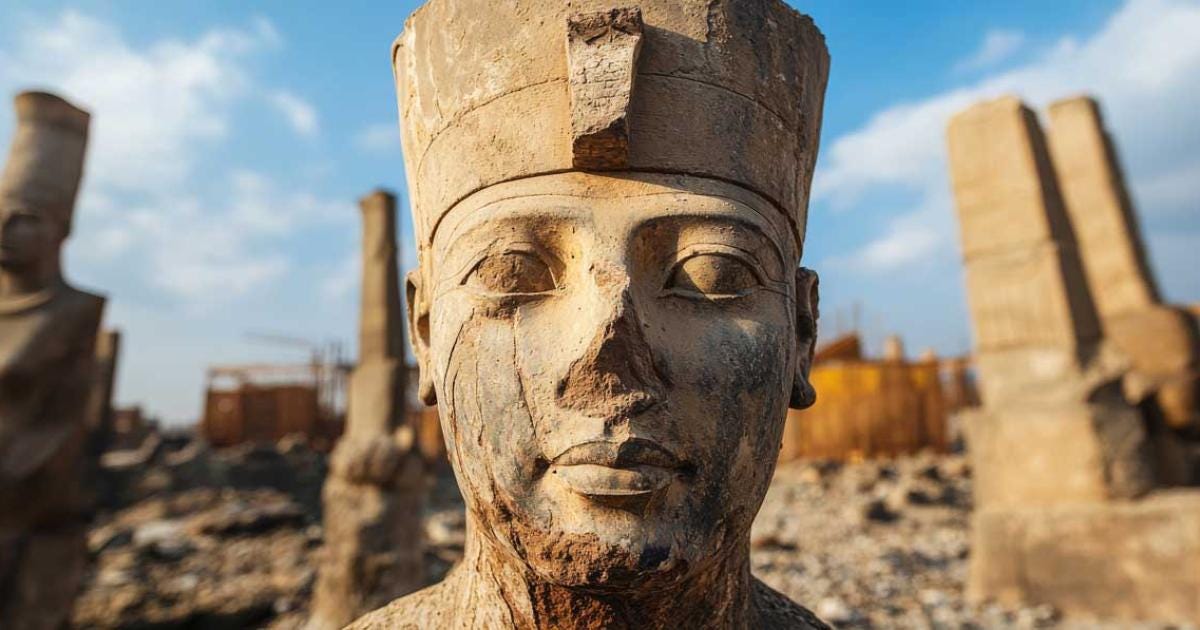Lost Civilizations: The Myth Crafted by Colonialism
We often speak of “lost civilizations.” The phrase conjures Indiana Jones-esque images of vine-choked ruins, vanished peoples, and mysteries swallowed by time. The Maya, the Indus Valley, Sumer, the builders of Göbekli Tepe - the language of loss suggests they simply disappeared, their cultures erased as if they had never been. Eaten by time and digested by landscape.
But this is a mirage at best; vanity at worst. Civilizations large enough to be noticed - or “discovered” - never vanish in total. What is lost are political structures, economic systems, and ruling elites. What persists - always - are the people and their informational legacy. Customs, tools, beliefs, and institutions integrate outward, absorbed into neighboring societies, reinterpreted by descendants, and carried quietly but persistently forward.
Civilizations may dissolve as coherent wholes, but no civilization of scale is ever wholly lost. Their memory is alive in us still. Often they are temporarily misplaced within the context of history - and usually someone else’s history at that.
The so-called “lost” civilizations live on in the laws we obey, the tools we use, the gods we worship, and the very patterns of thought that shape our modern world. They are not lost—merely transformed, their DNA woven invisibly into the fabric of our daily existence.
Keep reading with a 7-day free trial
Subscribe to Ancient Origins UNLEASHED to keep reading this post and get 7 days of free access to the full post archives.


